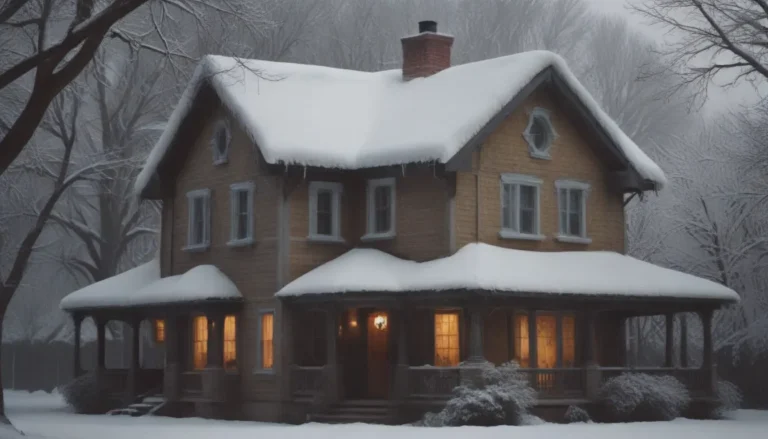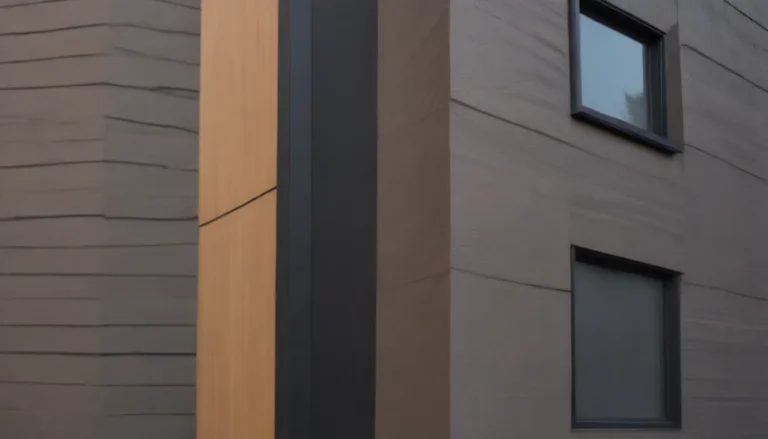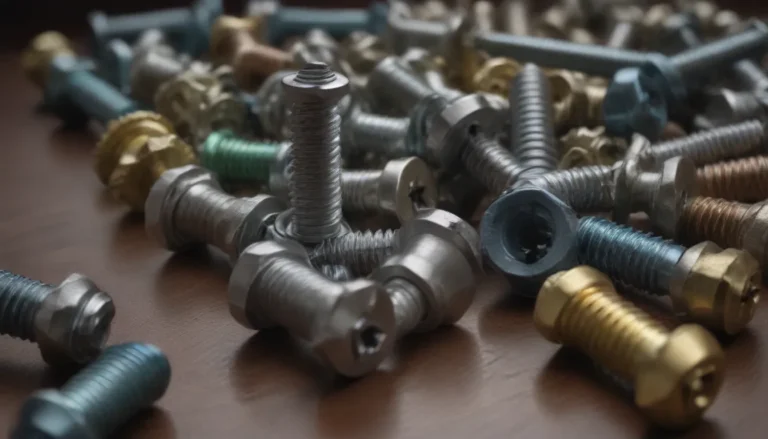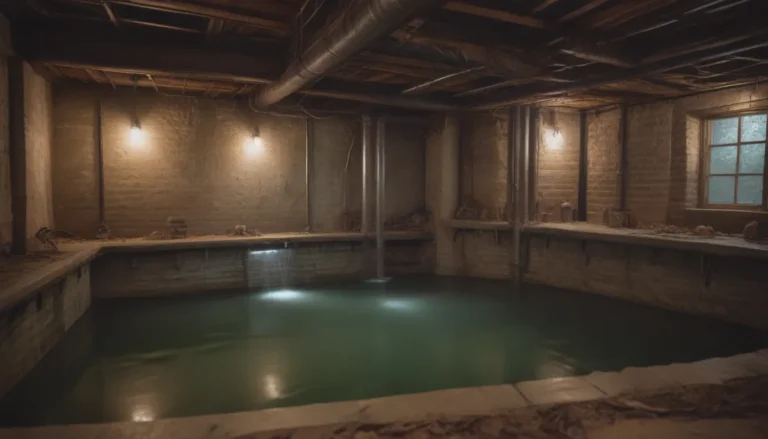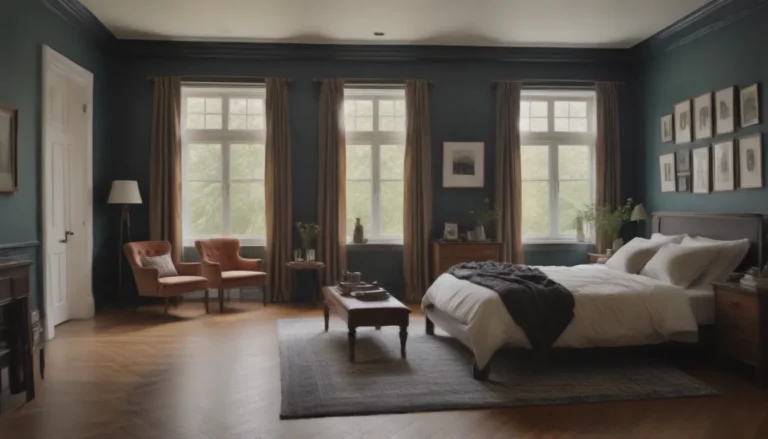The Benefits of Using Mold-Resistant Drywall to Prevent Mold Growth
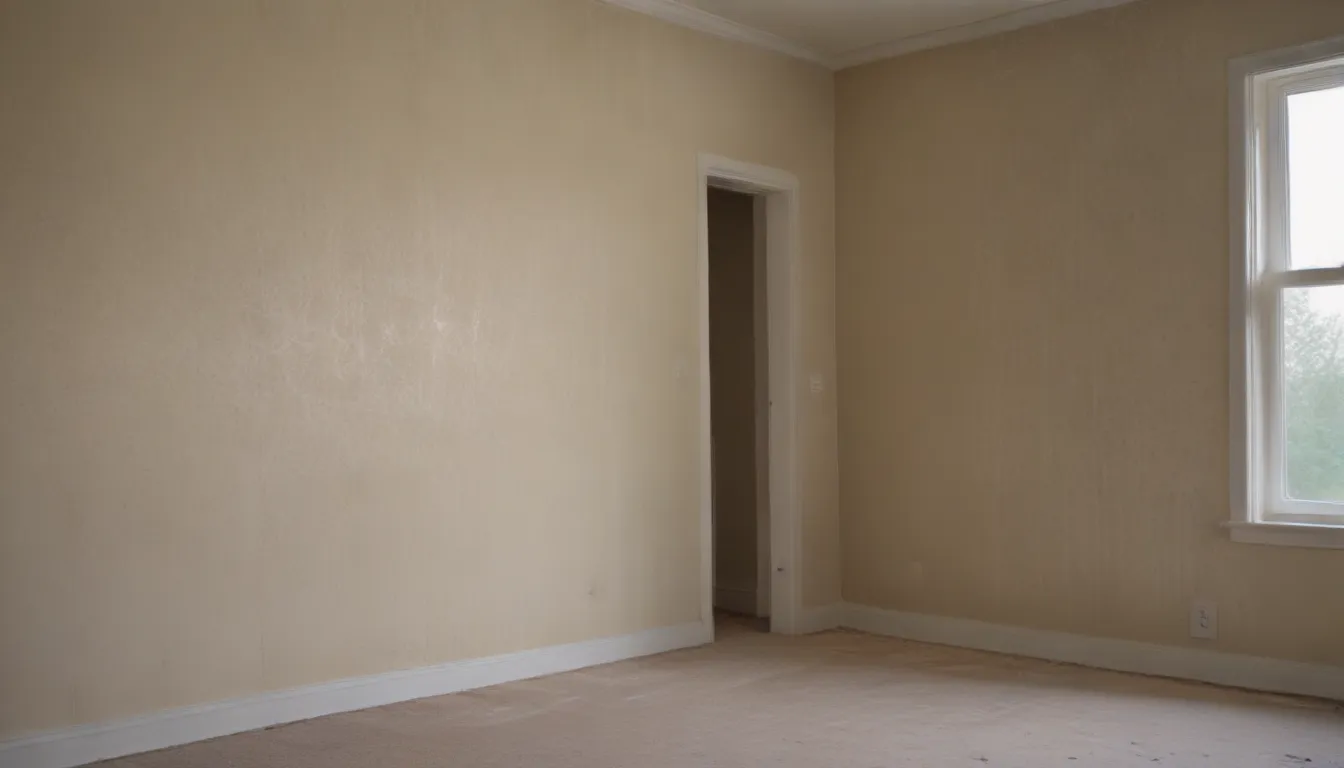
In recent years, the issue of mold and mildew growth has become a major concern for homeowners due to the associated health risks. Mold remediation companies are often called in to deal with eliminating mold and mildew, but the best approach is always prevention. One effective solution that has gained popularity is the use of mold-resistant drywall, which is specifically designed to inhibit mold growth. This type of drywall is often marketed aggressively by manufacturers and is considered a valuable selling feature by real estate professionals.
Understanding Mold Growth on Drywall
Mold spores require oxygen, moisture, and an organic food source to grow. In the case of traditional drywall, the organic material that molds feed on is the paper facing on the drywall panels. The gypsum core of the drywall is non-organic and not susceptible to mold growth. To prevent mold growth on drywall, it is essential to address moisture issues and utilize mold-resistant materials.
Strategies for Preventing Mold Growth on Drywall
When it comes to preventing mold growth on drywall, there are two main strategies to consider:
– Increasingly, mold-resistant drywall products are also marketed as moisture-resistant, combining the benefits of both features.
– It is important to note that while these products offer good resistance to moisture and mold, they are not completely immune to mold growth.
Pros and Cons of Using Mold-Resistant Drywall
Pros
- Good resistance to moisture and mold: Mold-resistant drywall effectively inhibits the growth of mold and mildew.
- Easy installation: Installing mold-resistant drywall is similar to standard drywall, making it a convenient option for homeowners.
- Easy to repair: Like traditional drywall, mold-resistant drywall is durable and easy to maintain.
Cons
- Higher cost: Modern mold-resistant drywall is approximately 50% more expensive than standard drywall.
- No guaranteed mold prevention: While mold-resistant drywall is effective at inhibiting mold growth, it does not guarantee complete mold prevention.
Mold-Resistant Drywall Cost Comparison
The cost of mold-resistant drywall is higher than standard drywall, with prices varying depending on the manufacturer and retailer. On average, a sheet of 1/2-inch, 4 x 8-foot standard drywall is priced at around $9, while a comparable sheet of mold-resistant drywall costs about $12. Buying in bulk can help reduce the overall cost.
Maintenance and Repair
Maintaining mold-resistant drywall is similar to traditional drywall. Painted surfaces should be kept clean and periodically repainted to maintain a good moisture barrier. Repairs are relatively easy to make, whether by taping and refinishing damaged areas or by installing drywall patches.
Design Options for Mold-Resistant Drywall
Drywall is a versatile material commonly used in both basic and luxury construction projects. It can be finished with paint, wallpaper, or textured skim-coat plaster. However, it should not be used as a replacement for cement board in areas where ceramic tile will be installed.
Installation Process for Mold-Resistant Drywall
Installing mold-resistant drywall is no different from standard drywall installation. Panels are secured to the framing, joints are taped and finished, and the surface is ready for painting or another finish. For humid locations, it is advisable to use wall primer and paint with good mold and mildew resistance.
Top Brands of Mold-Resistant Drywall
Some of the major brands offering mold-resistant drywall products include:
– CertainTeed
– Georgia-Pacific
– USG Corporation
Mold-Resistant Drywall vs. Green Board
Green board is a water-resistant drywall product that is gradually being replaced by newer materials that offer both moisture and mold resistance. While green board is suitable for areas with high humidity, it does not provide the same level of mold resistance as modern mold-resistant drywall products.
Is Mold-Resistant Drywall Right for You?
Modern mold-resistant drywall is a valuable solution for rooms prone to humidity and mold growth, such as bathrooms and basements. While it combines moisture and mold resistance, it is important to note that these products are not waterproof or completely moldproof. For areas with minimal humidity levels, the added cost of mold-resistant drywall may not be necessary.
In conclusion, mold-resistant drywall is an effective tool for preventing mold growth in high-humidity areas. By understanding the benefits and limitations of this product, homeowners can make informed decisions about whether it is the right choice for their specific needs. Remember to consult with a professional contractor to determine the best course of action for mold prevention in your home.
